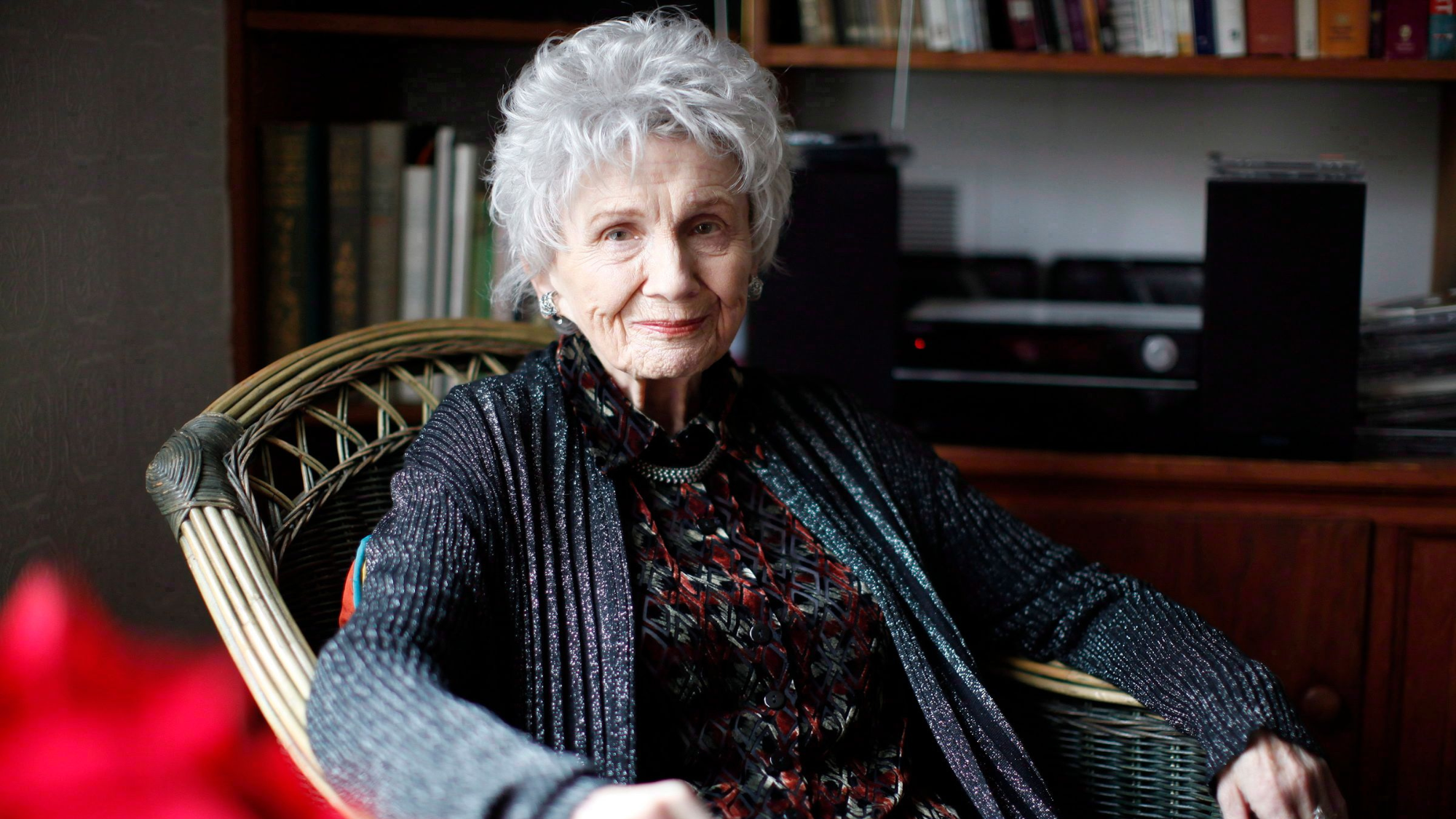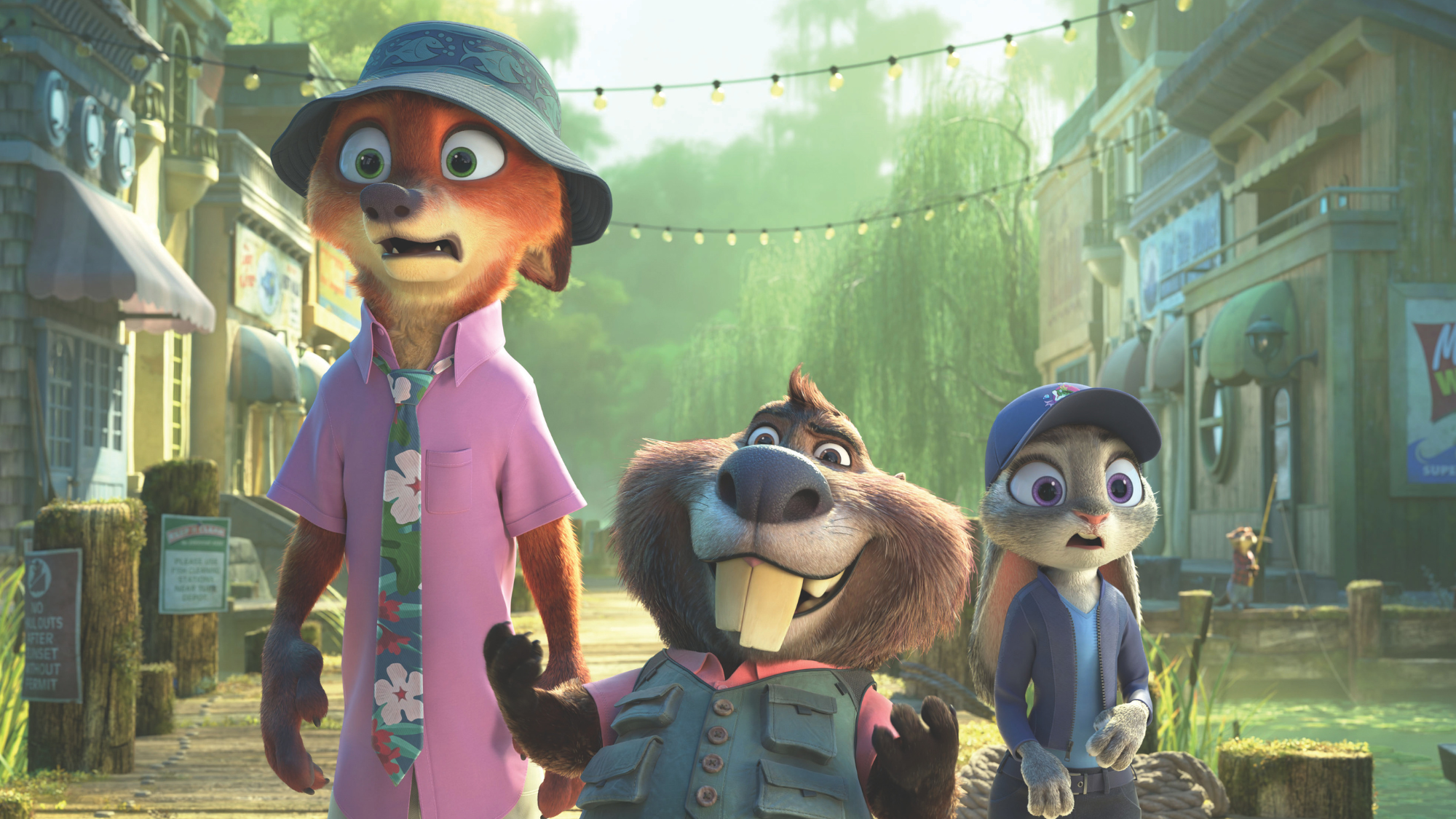Alice Munro: the short-story writer who was 'as good as it gets'
Dear Life author has died aged 92

Alice Munro often embarked on what she thought was a novel, only to find that the narrative petered out after about 40 pages.
But this hardly mattered, said The New Yorker, because as the citation for her Nobel Prize in Literature put it, Munro, who has died aged 92, could "accommodate the entire epic complexity of the novel" within a short story. She produced more than a dozen collections of them, most focused on the lives of seemingly ordinary women and girls in rural communities in southern Ontario, where she had herself grown up.
Acclaimed for the spare precision of her prose, and the intricacy ofher plotting, she was often compared to Maupassant and Chekhov, said The Times. John Updike described her as a writer who examined small worlds "gimlet-eyed and rabbit-eared", to create ambitious works that are defined by "a well-meditated complexity and multiplicity of plot, an intense clarity of phrase and image, an exceptional psychological searchingness and honesty".
The Week
Escape your echo chamber. Get the facts behind the news, plus analysis from multiple perspectives.

Sign up for The Week's Free Newsletters
From our morning news briefing to a weekly Good News Newsletter, get the best of The Week delivered directly to your inbox.
From our morning news briefing to a weekly Good News Newsletter, get the best of The Week delivered directly to your inbox.
Richard Ford wrote that her absolute mastery of the form was simply a given, in literary circles. "With Alice it's like a shorthand," he said. "You'll just mention her, and everybody just kind of generally nods that she's just sort of as good as it gets."
Starting out
Alice Laidlaw was born in Wingham, Ontario in 1931. Her father owned a fox farm. Her mother, a former teacher, had early-onset Parkinson's, which meant that it fell to Alice to do many of the chores. She was brought up, she said, to think the worst thing you could do was to "think you were smart". But neither this nor her household responsibilities stopped her winning top marks in her exams, and a scholarship to the University of Western Ontario.
She took two jobs, and was still only left with 35 cents a day for food. Possibly she was hungry when she met fellow student Jim Munro in a library. He dropped a piece of candy; she cried, "I'll get it," and they became engaged six months later. They married in 1951, when she was 20, by which time she had already sold one of her stories to a college magazine.
Partly to escape the disapproval of his family, who felt she was not good enough for him, they moved west to Vancouver, where she worked part-time in a library, and he found a job in a shop. "Having a place of our own and a bed of our own where we could carry on as we liked seemed marvellous to us," she wrote. "We had made this bargain, but it never occurred to us that older people – our parents, our aunts and uncles – could have made the same bargain, for lust. It seemed as if their main itch had been for houses, property, power mowers, and home freezers and retaining walls".
A free daily email with the biggest news stories of the day – and the best features from TheWeek.com
Finding an audience
In the early 1960s, by which time they had two children, and had lost a baby at 14 hours, Jim gave up his job and they moved to Victoria, British Columbia, where they ran a bookshop. "Seduced and Abandoned? Relax with a book from Munro's," read a line on a bookmark Alice had designed. Their household was relaxed and bohemian.
After she had a third daughter, the eldest helped out; and her writing flourished. In 1968, her debut collection, "Dance of the Happy Shades", won Canada's equivalent of the Pulitzer Prize. But her marriage was disintegrating and ended in 1972. Not long after, she became reacquainted with an old college boyfriend, Gerry Fremlin. They married in 1976, and settled back in Ontario, 20 miles from her childhood home.
In 1977 she had the first of many stories published in The New Yorker, and her work started to reach an international audience. In 2004, Jonathan Franzen anointed her "the Great One", and urged people to "Read Munro! Read Munro!" Her health started to fail in 2009 and she published her last book in 2012, when she was 81. Fremlin died in 2013. Her daughters survive her.
-
 Homes with great fireplaces
Homes with great fireplacesFeature Featuring a suspended fireplace in Washington and two-sided Parisian fireplace in Florida
-
 Film reviews: ‘The Secret Agent’ and ‘Zootopia 2’
Film reviews: ‘The Secret Agent’ and ‘Zootopia 2’Feature A Brazilian man living in a brutal era seeks answers and survival and Judy and Nick fight again for animal justice
-
 Elizabeth Gilbert chooses books about women overcoming difficulty
Elizabeth Gilbert chooses books about women overcoming difficultyThe Week Recommends The bestselling author shares works by Tove Jansson, Lauren Groff and Rayya Elias
-
 Wake Up Dead Man: ‘arch and witty’ Knives Out sequel
Wake Up Dead Man: ‘arch and witty’ Knives Out sequelThe Week Recommends Daniel Craig returns for the ‘excellent’ third instalment of the murder mystery film series
-
 Zootropolis 2: a ‘perky and amusing’ movie
Zootropolis 2: a ‘perky and amusing’ movieThe Week Recommends The talking animals return in a family-friendly sequel
-
 Storyteller: a ‘fitting tribute’ to Robert Louis Stevenson
Storyteller: a ‘fitting tribute’ to Robert Louis StevensonThe Week Recommends Leo Damrosch’s ‘valuable’ biography of the man behind Treasure Island
-
 The rapid-fire brilliance of Tom Stoppard
The rapid-fire brilliance of Tom StoppardIn the Spotlight The 88-year-old was a playwright of dazzling wit and complex ideas
-
 ‘Mexico: A 500-Year History’ by Paul Gillingham and ‘When Caesar Was King: How Sid Caesar Reinvented American Comedy’ by David Margolick
‘Mexico: A 500-Year History’ by Paul Gillingham and ‘When Caesar Was King: How Sid Caesar Reinvented American Comedy’ by David Margolickfeature A chronicle of Mexico’s shifts in power and how Sid Caesar shaped the early days of television


